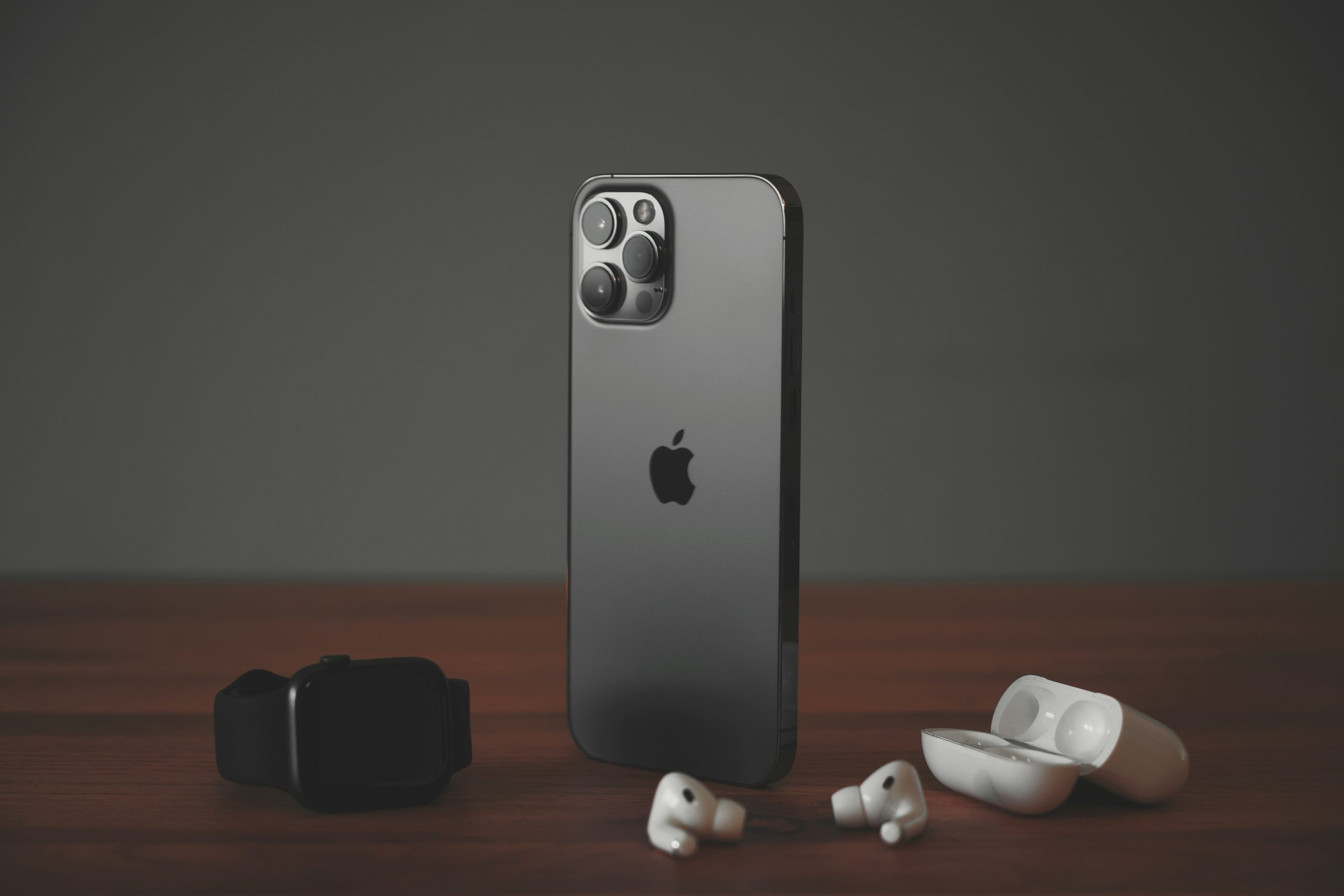In an age where every conversation can hold significant value, the ability to capture those precious exchanges has become increasingly vital. Whether you’re a journalist wanting to document an important interview, a business professional looking to keep track of critical negotiations, or simply someone who wishes to preserve cherished chats with loved ones, call recording offers a practical solution. With the release of iOS 18, Apple has introduced features that not only enhance user experience but also allow for seamless call recording—a capability that many have eagerly awaited.
But how do you navigate this newfound functionality in your iPhone? Fear not! This guide will walk you through the process step-by-step, ensuring that you harness the full potential of your device while respecting privacy regulations. From enabling settings within the operating system to understanding legal considerations, we’ll cover everything you need to know about making call recordings an effortless part of your communication toolkit. Get ready to transform how you connect and communicate in our fast-paced digital world!
What’s New in iOS 18 Features
iOS 18 introduces a range of features that not only enhance usability but also bring much-awaited functionalities to everyday tasks. One standout addition is the revamped FaceTime, which now offers an immersive audio experience with spatial audio capabilities. This means conversations feel more natural, as voices come from their corresponding positions on-screen, allowing for a more lifelike interaction whether you’re catching up with friends or attending business meetings.
Another game-changer is the enhanced privacy options integrated into the system settings. Users can now customize app permissions on a more granular level, choosing which data to share and when—empowering individual choice like never before. Coupled with these updates are improvements in notification management; users can now categorize notifications in real-time based on urgency and content type, significantly reducing distractions throughout daily life.
Additionally, iOS 18 brings automation to new heights by introducing Smart Widgets that learn user habits over time. For instance, your frequently used apps or reminders will be prioritized based on your activity patterns—making navigation intuitive and seamless. All these features reflect Apple’s commitment to not just evolving its technology but enhancing how we engage with our devices—leading us toward greater productivity and connectivity in our fast-paced world.
 Legal Considerations for Call Recording
Legal Considerations for Call Recording
When enabling call recording on your iPhone, it’s crucial to navigate the legal landscape that varies widely by jurisdiction. In some regions, it’s mandatory to obtain consent from all parties involved in the conversation before recording. Failure to do so could expose you to significant penalties or even criminal charges. This makes it essential for users to familiarize themselves with local laws and regulations regarding call recordings—particularly if you engage with callers from multiple states or countries.
Moreover, be mindful of how you communicate about your intent to record calls. Transparency can foster trust and mitigate potential disputes over privacy violations. Always consider incorporating a simple statement at the beginning of each call informing participants that the conversation is being recorded. Beyond legal implications, respecting individuals’ privacy helps build strong relationships based on understanding and professionalism. By approaching call recording thoughtfully, you can leverage technology while remaining compliant and respectful of others’ rights.
Enabling Call Recording: Step-by-Step Guide
To enable call recording on iOS 18, start by exploring the newly integrated features in the Settings app. Navigate to Privacy & Security, then select Call Recording to access a streamlined interface designed for user convenience. Here, you’ll discover toggles that allow you to activate call recording with just a few taps. This feature not only enhances your ability to recall important conversations but also equips you with valuable tools for better note-taking during critical discussions.
After enabling the feature, it’s crucial to understand local laws regarding call recording, as regulations vary widely across regions—some places require consent from both parties involved in the conversation. Once you’re clear on legalities, consider setting reminders before key calls so that you can smoothly initiate recordings without disrupting the flow of dialogue. Additionally, keep your recorded files organized by categorizing them or titling them appropriately; this will save time when searching for specific conversations later on and provide a streamlined way to reference past discussions whenever necessary. With these steps, you’ll harness the full potential of iOS 18’s call recording capabilities efficiently and responsibly.
 Using Built-In Voice Memos App
Using Built-In Voice Memos App
The Built-In Voice Memos app on your iPhone isn’t just a tool for capturing fleeting thoughts; it can be an invaluable asset when you’re trying to record calls after enabling the recording feature in iOS 18. The user-friendly interface allows you to easily manage your recordings, categorize important conversations, and ensure nothing slips through the cracks. Imagine being able to jot down key negotiation points or capture that important advice from a mentor all while keeping your hands free.
Moreover, the Voice Memos app offers editing capabilities that elevate your simple recordings into polished audio files. You can trim out unnecessary sections, enhance sound quality with built-in filters, and even add labels for easy retrieval later. This is especially useful for those who frequently need to revisit discussions or extract essential information from meetings—a simple play-through might not suffice when intricate details are involved! With these versatile features at your fingertips, taking charge of your communication has never been easier and more organized.
Third-Party Apps for Call Recording
When it comes to call recording on iOS, third-party apps offer innovative solutions that often surpass built-in functionalities. Many of these applications provide cloud storage options, allowing you to securely save and access your recordings from anywhere. This feature is particularly convenient for professionals who need to reference important conversations without cluttering their devices. Additionally, some call recording apps come equipped with advanced editing tools, enabling users to trim unnecessary segments or highlight key moments effortlessly.
Moreover, many of these third-party applications incorporate features like transcription services that can transform audio into text almost instantly. Imagine being able to quickly search through transcribed notes rather than sifting through lengthy recordings! Privacy and security are also at the forefront of some top-rated apps, which use end-to-end encryption to ensure your sensitive discussions remain confidential. As users increasingly seek personalized experiences in technology, exploring various third-party options empowers them not just with versatility but also greater control over how they manage their communications.
 Accessing and Managing Recorded Calls
Accessing and Managing Recorded Calls
Once you’ve enabled call recording in iOS 18, accessing and managing your recorded calls becomes a seamless process. The recordings are typically stored within a dedicated folder in your phone’s Files app or within the call recording software you choose to utilize. This centralized storage makes it easy to retrieve specific calls without having to sift through numerous files. Tagging recordings with relevant contact names or dates can further streamline this organization, ensuring that important conversations are just a search away when you need them.
Managing these recordings also opens up avenues for enhanced productivity and reflection. For instance, business professionals can review conversations for key points and action items, allowing for better follow-up on commitments made during calls. Additionally, personal users might find value in revisiting discussions to capture memories or clarify details after the fact. As an added layer of convenience, sharing recorded calls via text or email is often straightforward—perfect for delegating tasks or keeping colleagues in the loop without excessive back-and-forth communication. Ultimately, proper management not only preserves essential information but transforms recorded calls into powerful tools for learning and growth.
Conclusion: Embrace the Convenience of Call Recording
In today’s fast-paced world, the ability to record phone calls seamlessly can be a game changer, transforming how we manage important conversations. With iOS 18’s call recording feature, you gain not just a handy tool for capturing vital information but also a means to enhance clarity and understanding in your dialogues. Imagine being able to revisit those crucial discussions or track project updates without fumbling through notes—this convenience allows you to focus on the conversation rather than stress about remembering every detail.
Moreover, integrating call recording into your daily routine fosters greater accountability in both personal and professional interactions. It empowers you to have concrete references for agreements made over the phone or provides documentation for essential customer service interactions. Embracing this functionality not only streamlines communication but also promotes transparency in relationships, ensuring that everyone is aligned and informed post-call. As technology continues to evolve, leveraging innovative features like call recording can lead you toward more efficient communication strategies that adapt to your ever-changing needs.



